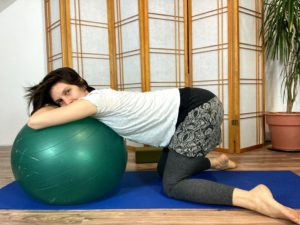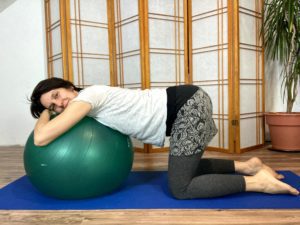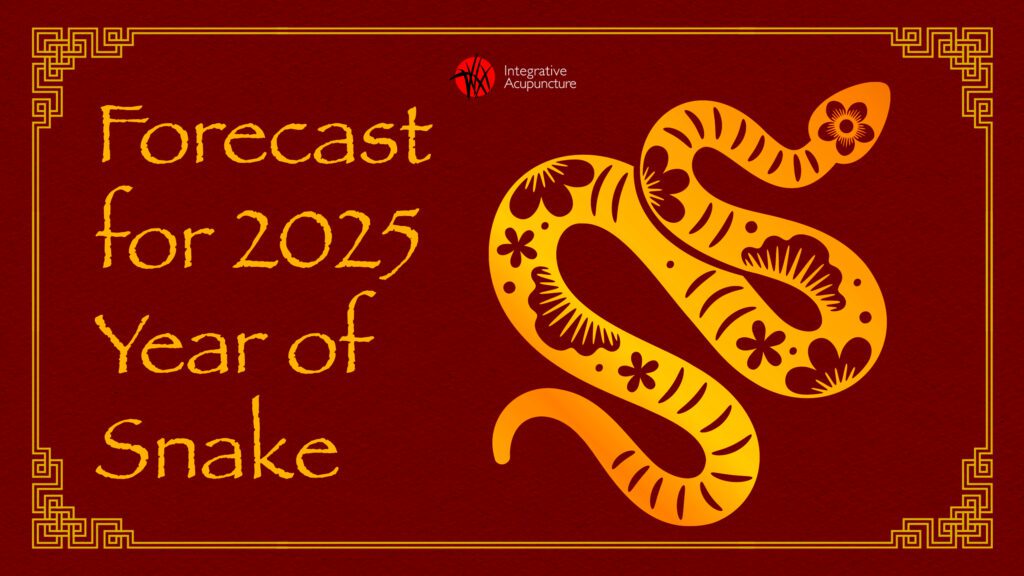A collaboration with Amy LePage, holistic childbirth educator, Top 6 Labor Tips
Reaching the third trimester of pregnancy is exciting and possibly daunting as everyone has tips about labor. We are no different. As moms, and also as health care practitioners, we have both personally experienced childbirth and worked professionally with pregnant clients. We want to share our most helpful insights and labor tips. Check out our top 6 must do’s to prepare for labor and delivery.
-
 1. Know Your Acupressure Points for Labor:
1. Know Your Acupressure Points for Labor:Specific points on the body move energy, increase circulation, and activate nerves. They are acupressure points, and have been used for thousands of years to help with pain management. Acupressure points are found on both sides of the body. They are great to use both before and during labor. Acupressure can be done at home, it is safe to use after week 37 of pregnancy. Find the acupressure points below and apply pressure with your thumb or index finger or check out this video: How To Use Acupressure. Make small circles while applying pressure for at least 30 seconds. Use the points shown below before labor and during to reduce pain and increase contractions.
2. Pack A Tennis Ball:
At the bottom of the spine is a triangle shaped bone, called the sacrum. The sacrum has holes, or foramen, where nerves weave out and travel to the uterus. Applying pressure to the sacrum brings blood flow to the muscles around these nerves. Using a tool to massage this area, like a tennis ball, is an easier way to provide long term pressure to the sacrum. Have a birthing partner roll a tennis ball with while applying pressure all around the very low back. This can help with back pain in labor and to increase contractions to prevent labor from stalling.
3. Aromatherapy:
The art and science of using scents to stimulate the brain, works. By stimulating the brain’s limbic system, which controls emotions, we can relax, energize, reduce pain, and more. And our strong ability to connect memories through scent can really help during birth. Try aromatherapy at the end of pregnancy while relaxing and then use it during labor and delivery to bring you back to that feeling of relaxation. Essential oils can be diffused, dropped onto tissues and kept around the house or in a pillowcase at night. Here’s a handy download of How To Use Essential Oils. Essential oils should be used cautiously during pregnancy. Below are essential oils that may be used after the 37th week in pregnancy, or consult with a trained aromatherapist or healthcare provider. We love Lunaroma, local to us in Burlington, VT and their Blessed Birthing Blend.
 Some Essential Oils to use to prepare for labor, with links to research:
Some Essential Oils to use to prepare for labor, with links to research:
4. Learn How to Relax Tense Muscles:
Try this Engage and Release exercise during pregnancy. This simple exercise helps build one’s awareness of what tense muscles feel like, and most importantly, how to consciously relax out of tension.
Why is this important? When muscles are tense or braced they are contracted. If muscles are tense in one place – that tension shows up elsewhere in the body (including the pelvic floor muscles) and this impacts breathing by making it feel shallow and restricted. It also impacts the body’s ability to move freely. Free movement and unrestricted breathing are some of the key coping measures for labor and birth.
Birth support people can play a great role in helping keep muscles relaxed and breathing deep and unrestricted. They can visually notice what tension and bracing looks like in the birther. Then, use their own touch, words, movement, and breathing to help the birther relax.
5. Mindset and Pain:
How one thinks about labor and birth matters. How one perceives pain matters. The words one says to themselves matter. If a birther doesn’t feel safe or relaxed, hormones that are meant to help them cope during labor can be inhibited. Understanding how the brain impacts the experience of pain during childbirth can be helpful. Birthers can spend time before labor noticing how a thought or pain experience can start a cascade of responses that aren’t super helpful.
The brain assesses if a sensation is a threat or if it is harmless. If something is deemed a threat, fear is triggered, creating muscle tension and restricted breathing. This results in more pain and more fear. If the sensation is seen as not potentially harmful (even if it hurts, is hard, or can feel scary – contractions, for example), a feedback loop of less pain can be created through acceptance, remaining calm, and using coping strategies. Explore these other tips to Navigate the Fear Pain Cycle.
6. Our Top Labor Tip: Move and Breathe!
I’ve heard a number of times from birthers who took my prenatal movement and childbirth education classes that their first instinct with contractions was to freeze and hold their breath. Then, they remembered what we practiced and it made all the difference.
Below I show a supported position that allows for lots of pelvic movement and is great to do during pregnancy and labor. It’s forward leaning which encourages your babe toward optimal positioning of their back toward your belly.
You can move your hips side to side, forward and back, or in circles to stretch and find positions that are more comfortable to you.
Remember, during labor, your movement helps your babe’s movement.
The second image shows the knees turned in, and the feet turned out, which widens the outlet of the pelvis and is great for childbirth.
 Labor Tip: this is a great position during pushing – because legs turned inward creates more space at the outlet of the pelvis. If your hips are tight, internal rotation of the legs may feel harder to do. Practicing this position during pregnancy is important so you can gently improve your range of motion in this area.
Labor Tip: this is a great position during pushing – because legs turned inward creates more space at the outlet of the pelvis. If your hips are tight, internal rotation of the legs may feel harder to do. Practicing this position during pregnancy is important so you can gently improve your range of motion in this area.
Birth Support folks, remember that birthers may need a gentle nudge to be encouraged to move and breathe. Modelling can be a great way to do this and oftentimes, it is better than verbally telling them to do something. But first, take stock. Are you breathing deeply and relaxing your own muscles? Be sure you are. Try these breathing ideas.
In the images above, the support person can sit next to the birther and roll the tennis ball mentioned above over the back of the pelvis, the sacrum. There’s lots of other labor tips and tools for birthers and support people in Moving, Breathing Birth.








